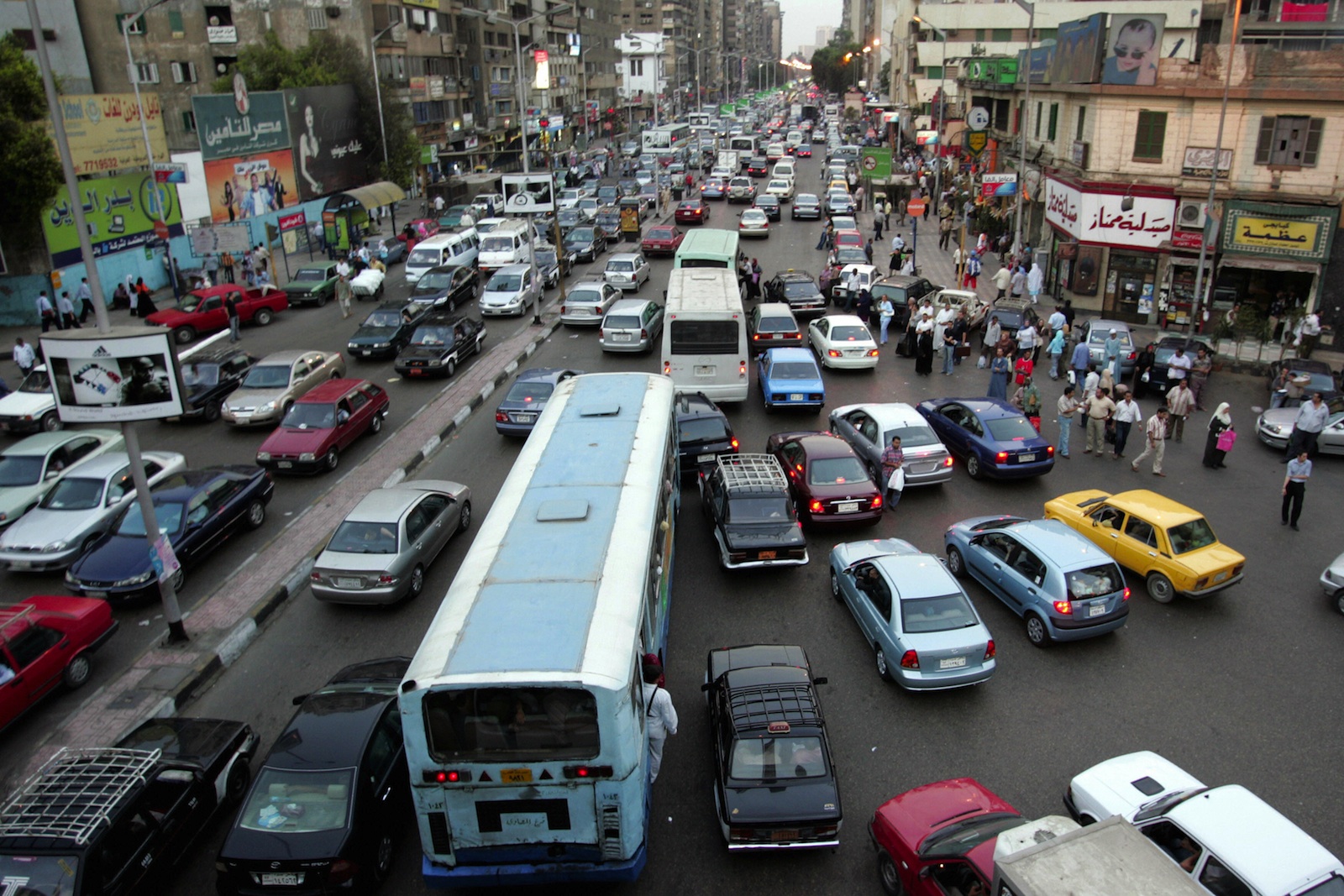By Basma Mostafa, Community Times It does not take long for someone who has just arrived in Cairo to become familiar with the mayhem that passes for everyday life in the city. While the mention of Cairo may conjure up images of great historical sites and felucca rides down the Nile, it is the city’s constant traffic congestion that dominates the lives of the 20 million Cairenes who spend large stretches of their days trapped in it. There is more to the hassle of Cairo’s streets than buses overflowing with passengers and microbuses weaseling their way through tightly lined cars though. The World Bank released a study in May 2014 revealing just how severe the situation is: Cairo’s seemingly never-ending traffic costs Egyptians EGP 47 billion in losses every year and this number is expected to rise to EGP 105 billion by 2030. Stating the obvious, the report confirms that the problem and difficulty of driving in Cairo comes as a result of poor urban and traffic planning and management, as well as a lack of order in the country. In his book, Understanding Cairo: The Logic of a City…



